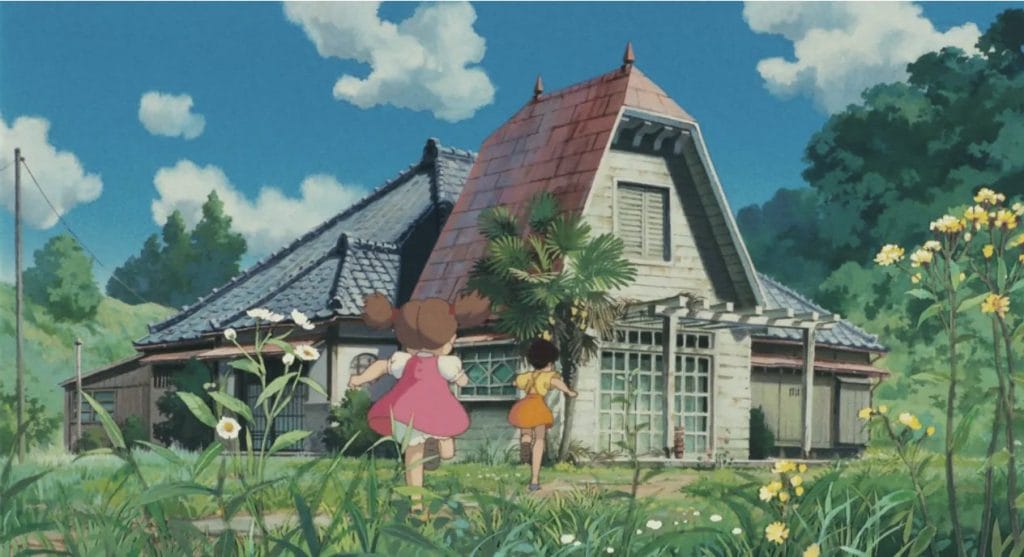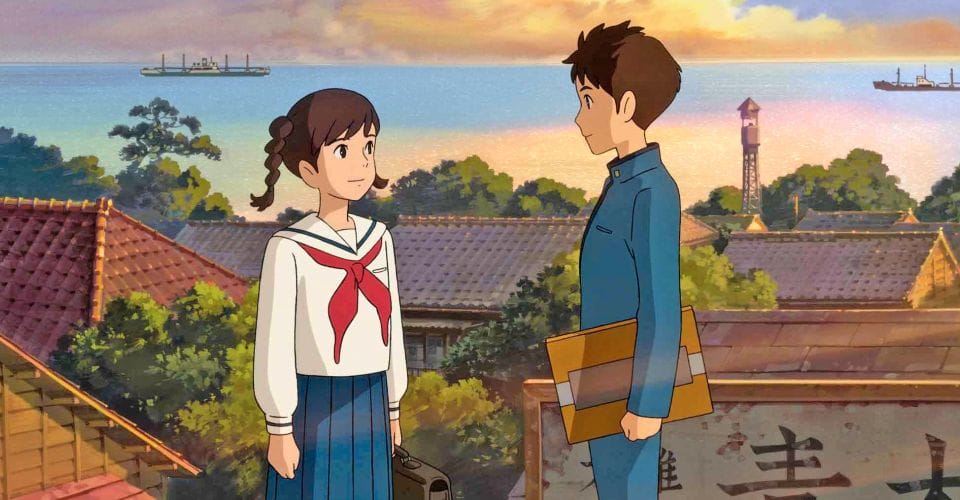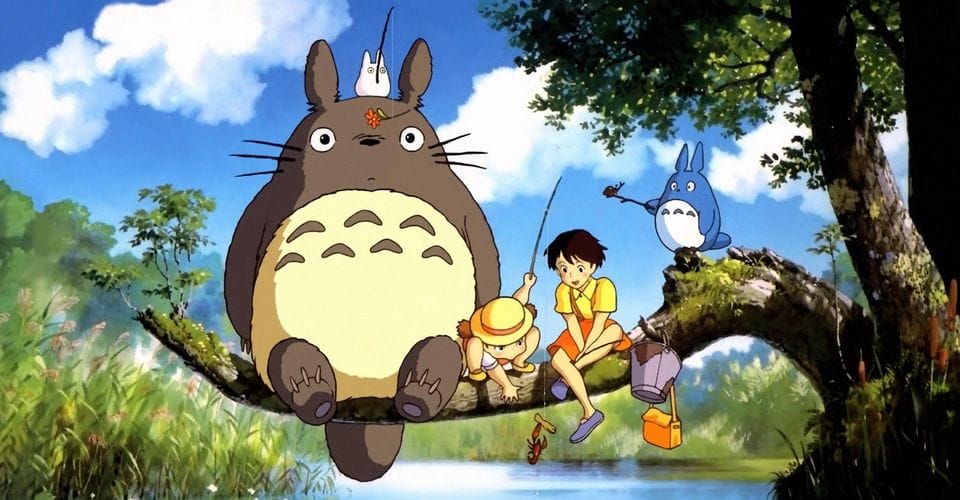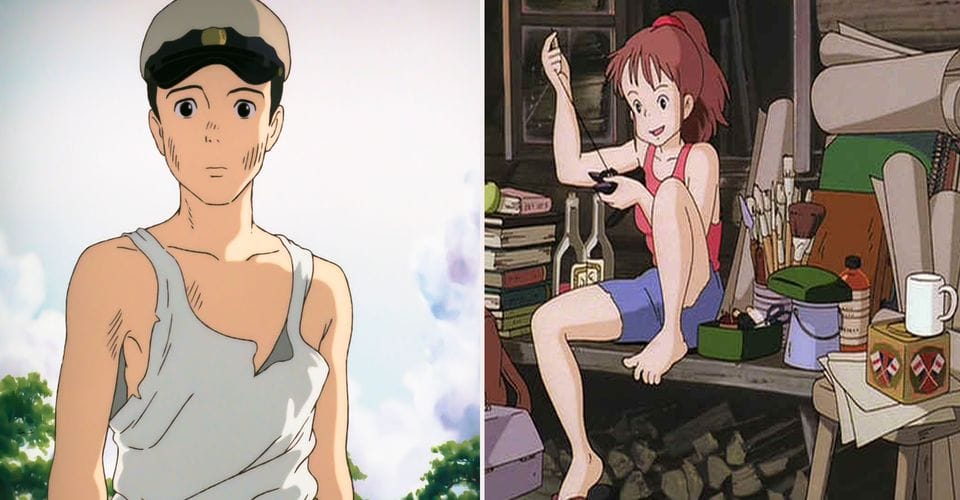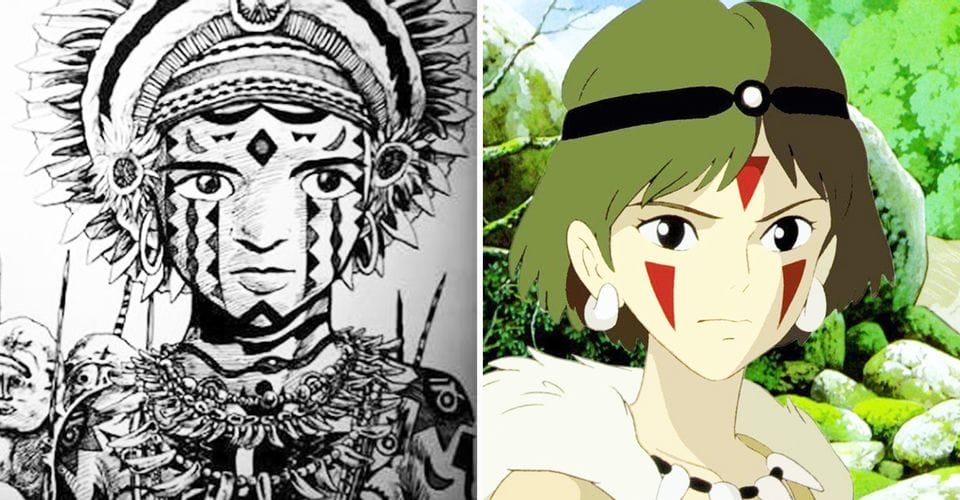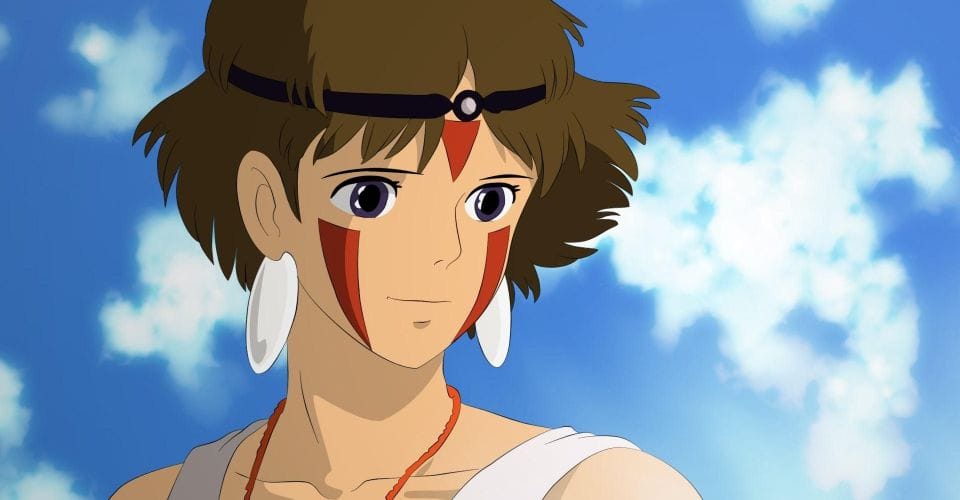Blog
Forget you’re under quarantine and lose yourself in the world of Studio Ghibli

Stuck indoors? Then let the studio’s legends and colorful worlds whisk you away
Though COVID-19 has unfortunately scuppered many travel plans this spring, it’s still possible to experience Japan from your couch through film. In particular, Studio Ghibli’s iconic canon of animated features provide a vivid refuge for those unable to leave the house.
Since its founding in 1985, Ghibli has been gifting the globe with an array of immersive worlds — some fictional, others closer to home — guaranteed to whisk you away while you heed calls for isolation.
‘Castle in the Sky’ (1986)
Floating kingdoms, sky pirates and magical gems — there’s lots to love about Studio Ghibli’s first animated film. After escaping from a corrupt government agency, orphans Sheeta and Pazu hunt down the floating island of Laputa, eventually unraveling the mysteries behind its powerful yet destructive technology.
A timeless steampunk-fantasy epic, “Castle in the Sky” introduced many of director and Ghibli co-founder Hayao Miyazaki’s recurring motifs: the evils of technology, the potential behind aviation and the need to exist in harmony with nature. All you need to complete your adventure is to fry up an egg for some movie-accurate “Laputa bread.”
‘Only Yesterday’ (1991)
“Only Yesterday” just got its English-language release in 2016, and so you’d be forgiven if it has escaped notice. For those accustomed to the fantastic, magical elements of Ghibli classics like “Spirited Away,” the realism of “Only Yesterday” — a slice-of-life tale directed by Isao Takahata (1935-2018) — might first come as a disappointment.
But don’t write it off. The movie follows 27-year-old Taeko Okajima on a trip from Tokyo to Yamagata Prefecture, where she plans to help her brother-in-law’s family harvest safflower. The film alternates between the present and Taeko’s memories of fifth grade.
A love letter to idyllic Showa Era (1926-89) agriculture, it’s also about the importance of reflecting on what one truly wants out of life.
‘Pom Poko’ (1994)
Also known as “Heisei Era Tanuki War Ponpoko,” this Takahata-directed film is, upon first viewing, weird. But it’s also a great introduction to the wide range of eclectic characters in Japanese folklore — not to mention the ongoing relevance of its environmental message.
“Pom Poko” centers on a group of shapeshifting tanuki (inaccurately referred to as “raccoons” in the English dub) under threat from an urban development project. After relearning their illusionary skills, they launch an eco-terrorist campaign to drive humans off their land, staging an elaborate “ghost parade” to convince developers the area is haunted, with disastrous results. Though more than a bit trippy, Japanese mythology fans won’t be disappointed.
‘Princess Mononoke’ (1997)
It’s impossible to discount the visual impact of “Princess Mononoke.” Set in a fictional Muromachi Period (1336-1573), it pits a cursed Emishi prince, Ashitaka, in a three-way battle against the gun-happy humans of Irontown (led by Lady Eboshi) and the ancient forest gods and their human ally, San. Miyazaki based the film’s verdant forests on the unspoiled beauty of Japan’s UNESCO-recognized island of Yakushima and, as a result, the entire movie is a glorious cinematic spectacle.
Ghibli’s only PG-13 film, younger viewers should perhaps skip “Mononoke” and instead watch “My Neighbor Totoro” (1988), starring a far more adorable nature god.
‘Howl’s Moving Castle’ (2004)
Loosely based on the 1986 novel of the same name by Diana Wynne Jones, “Howl’s Moving Castle” is a fantasy treat full of eccentric magicians, unbreakable curses, the power of true love and an ornery, sentient fireplace.
As the story unfolds, it’s hard not to be delighted by Howl’s showmanship and protagonist Sophie’s gumption. Found family is an important theme throughout, as is a strong antiwar sentiment and positive depictions of growing old. “Howl’s Moving Castle” is also Miyazaki’s self-proclaimed favorite creation — another reason to put this on your must-watch list.
‘From Up on Poppy Hill’ (2011)
Set in 1963 Yokohama, the country’s bustling preparations for the 1964 Tokyo Olympics provide a vivid (and timely) backdrop for this adolescent romance.
Umi Matsuzaki manages a boardinghouse and takes care of her siblings while her mother, Ryoko, is studying abroad in the United States. One day at school, she gets involved with Shun Kazama, who runs the school newspaper, and his fight to preserve the campus’ historic clubhouse. A shocking family revelation complicates their budding relationship, causing each to question what hold the past has on their identities and contemplate what’s worth preserving, and what’s worth rebuilding, in the name of progress.
Many Studio Ghibli films are available to purchase in digital form on major streaming services such as Amazon Prime Video and Apple TV. Earlier this year, 21 Ghibli films made it to Netflix, except in Canada, the U.S. and Japan. Starting in May, the studio’s catalog — bar “Grave of the Fireflies” (1988) — will be available for streaming on HBO Max.

